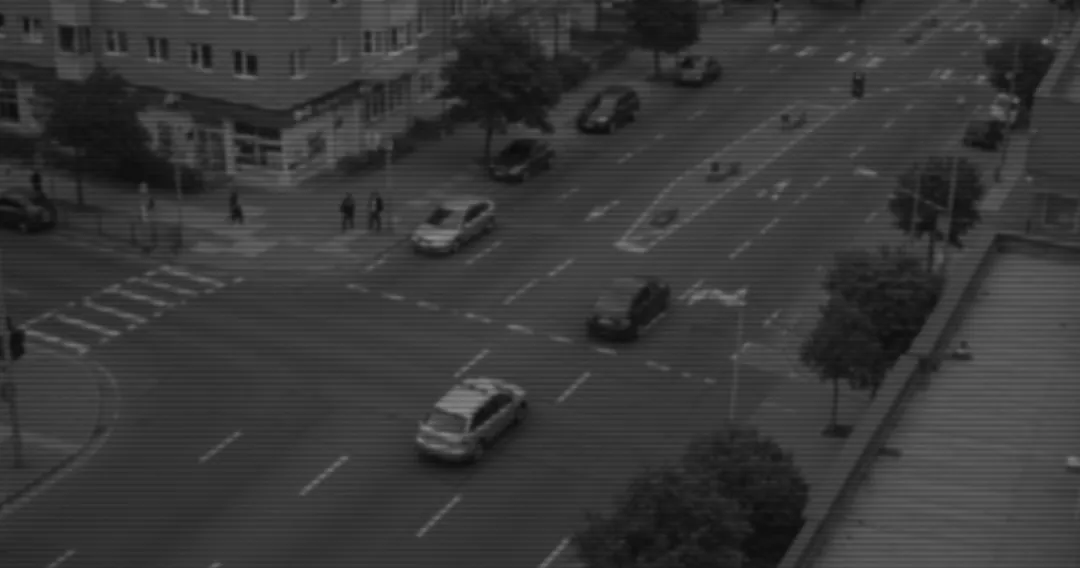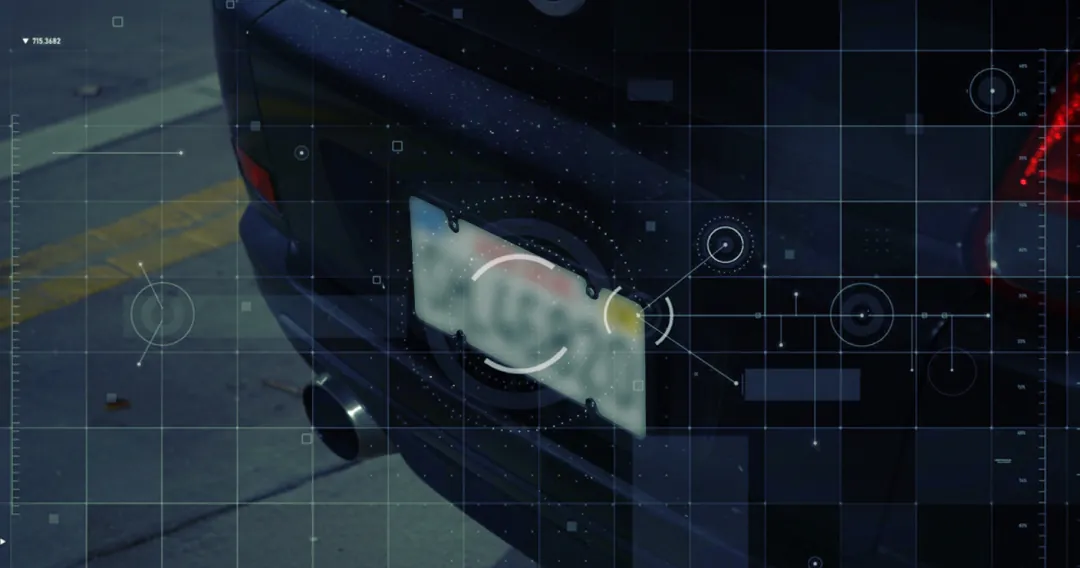This article explores the benefits of LPR in retail and how it can be strategically implemented.
Key Takeaways:
-
- “License plate recognition” (LPR) offers enhanced security and operational insights for retail environments.
- LPR technology can help deter theft, manage parking, and improve customer service.
- Effective implementation requires careful planning, data privacy considerations, and integration with existing systems.
- LPR data can be integrated into loss prevention platforms like ThinkLP for comprehensive analysis.
How Does License Plate Recognition Work?
LPR systems typically consist of specialized cameras that capture images of license plates and software that automatically identifies the characters. The software then compares the recognized license plate to a database of known vehicles, such as those associated with theft, previous incidents, or VIP customers.
Key components of an LPR system include:
-
- Cameras: High-resolution cameras designed to capture clear images of license plates, even in low-light conditions or at high speeds.
- Software: Sophisticated software that can accurately recognize license plate characters, even with variations in font, style, or plate condition.
- Database: A database of license plates associated with various categories, such as stolen vehicles, known shoplifters, or authorized personnel.
- Alerting System: An automated system that alerts security personnel or other designated staff when a license plate of interest is detected.

Benefits of LPR in Retail
LPR technology offers a wide range of benefits for retail environments:
-
- Deterring Theft: The presence of LPR cameras can deter potential thieves, knowing that their vehicles can be easily identified.
- Preventing Organized Retail Crime: LPR can help identify vehicles associated with organized retail crime rings, enabling retailers to proactively prevent large-scale theft.
- Improving Parking Management: LPR can automate parking enforcement, track parking space utilization, and identify unauthorized vehicles.
- Enhancing Customer Service: LPR can be used to identify VIP customers or loyalty program members, enabling retailers to provide personalized service.
- Providing Evidence: LPR footage can provide valuable evidence in the event of a crime, assisting law enforcement in investigations.
- Improving Security in Surrounding Areas: By monitoring vehicles entering and exiting the property, LPR can help improve overall security in the surrounding area.
Planning for Effective LPR Implementation
Effective LPR implementation requires careful planning and consideration of various factors:
-
- Defining Objectives: Clearly define the goals and objectives of the LPR system, such as reducing theft, improving parking management, or enhancing customer service.
- Selecting the Right Technology: Choose LPR cameras and software that are appropriate for the specific retail environment and objectives.
- Determining Camera Placement: Strategically place LPR cameras to maximize coverage and effectiveness.
- Integrating with Existing Systems: Integrate the LPR system with existing security systems, such as video surveillance and access control.
- Developing Policies and Procedures: Establish clear policies and procedures for using LPR data and responding to alerts.
- Ensuring Compliance: Ensure that the LPR system complies with all applicable laws and regulations, including data privacy laws.
Addressing Data Privacy Concerns
Data privacy is a critical consideration when implementing LPR technology. Retailers must be transparent about how LPR data is collected, used, and stored, and they must take steps to protect the privacy of individuals whose license plates are captured. This involves clearly communicating the use of LPR technology to customers and employees, ensuring transparency in the process. Data minimization is another key aspect, where retailers should collect only the data necessary to achieve their stated objectives.
Implementing robust security measures to protect LPR data from unauthorized access is crucial. This goes hand in hand with establishing a clear data retention policy that specifies how long LPR data will be stored and when it will be deleted. Access control is equally important, with retailers needing to restrict access to LPR data to authorized personnel only.
Finally, compliance with all applicable data privacy laws and regulations, such as GDPR or CCPA, is essential to ensure legal and ethical use of LPR technology. By addressing these key data privacy considerations, retailers can harness the benefits of LPR while maintaining the trust and privacy of their customers and employees.
Final Thoughts
License plate recognition is a powerful tool for enhancing retail security and efficiency. It deters theft, manages parking, and provides valuable insights. Successful implementation requires careful planning, ethical use, and compliance with privacy regulations. When used responsibly, LPR can create a safer and more efficient retail environment.
Explore ThinkLP’s Blog
Now that you know about license plate recognition, you can find additional insights on loss prevention and safety intelligence on ThinkLP’s blog. The blog features articles, case studies, and industry insights that provide practical tips and strategies for improving your loss prevention efforts.
Request a Demo
If you are interested in how ThinkLP’s software can support your loss prevention initiatives, we invite you to request a demo. Their Loss & Safety Intelligence Platform is designed to integrate with your existing operations, helping you reduce risks and improve efficiency. Reach out today to learn how ThinkLP can assist your organization in optimizing its loss prevention strategy.


